

Best Seller 3 * 16MM Spear Equipment Band Sling Spearfishing Diving Swimming Tube Latex Tubing Spearfishing Tube Rubber Tube
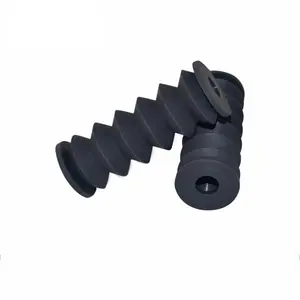
Custom Wholesale Machinery Rubber Flex Corrugated Sleeve Moulded Bellows Size Specifications Can Be Customized Production







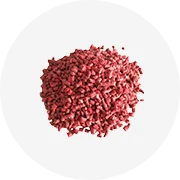
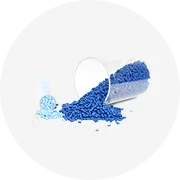


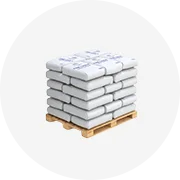
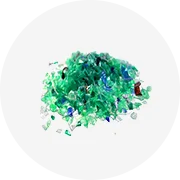
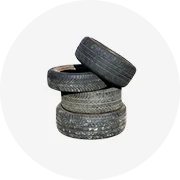
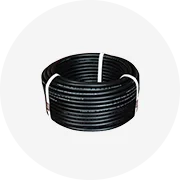

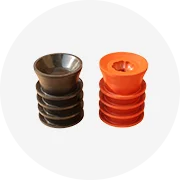
Rubber tubes are versatile components extensively used in various industrial, automotive, and household applications. Made from elastic materials like natural or synthetic rubber, the tubes are prized for their flexibility, durability, and resistance to extreme temperatures and chemicals. Available in various sizes, thicknesses, and rubber types, they are designed to suit a wide range of uses, from simple water hoses in gardens to complex tubing in machinery. Understanding the properties and applications of flexible rubber tubing is essential for selecting the right type for specific needs. For more appealing series, browse Alibaba.com.
The properties of latex rubber tubing largely depend on the type of rubber used in their manufacture. Natural rubber, derived from latex found in rubber trees, offers nice flexibility and tensile strength, making it suitable for products that require a high degree of elasticity. Synthetic rubbers like neoprene, EPDM (ethylene propylene diene monomer), and silicone offer additional properties, such as improved resistance to heat, UV light, ozone, and chemicals. Silicone rubber tubes, for example, are widely used in high-temperature environments due to their ability to withstand extreme heat without losing flexibility. Each type of rubber has its unique characteristics, catering to specific environmental and operational demands.
Rubber tubes find applications across various industries due to their adaptability and resilience. In the automotive industry, they are used for fuel lines, air hoses, and coolant hoses, crucial for vehicle operation. In the healthcare sector, gum rubber hose is used in medical devices for fluid transfer and air supply. Industrial applications include pneumatic and hydraulic systems, where gum rubber tubing transfers pressurized fluids or gases. Additionally, they are used in laboratories for transferring chemicals and in household settings for garden hoses, washing machine tubes, and gas connections.
Proper maintenance and care are essential for extending the lifespan of soft rubber tubing. Conducting regular inspections for any signs of cracks, wear, or degradation on equipment is a critical preventative measure. This measure can help in the early identification of potential issues, thereby preventing failures and leaks. It can also ensure the continued efficiency and reliability of the system or product in question. It's important to store rubber tubes away from direct sunlight, ozone sources, and extreme temperatures, as they can accelerate aging and deterioration. Cleaning the tubes appropriately, based on the rubber type and the substances they've been exposed to, is also important. In some cases, applying protective coatings or treatments can enhance the tube's resistance to environmental factors.
In summary, rubber tubes are indispensable in various applications due to their flexibility, durability, and resistance to challenging environments. The choice of rubber material and tube specifications play a critical role in their performance and suitability for different purposes. By considering factors such as material properties, size, application requirements, and environmental conditions, users can select the most appropriate rubber tubes for their needs. Regular maintenance and proper care further ensure the longevity and reliability of the versatile components, making them a valuable asset in numerous industrial, automotive, and domestic applications.